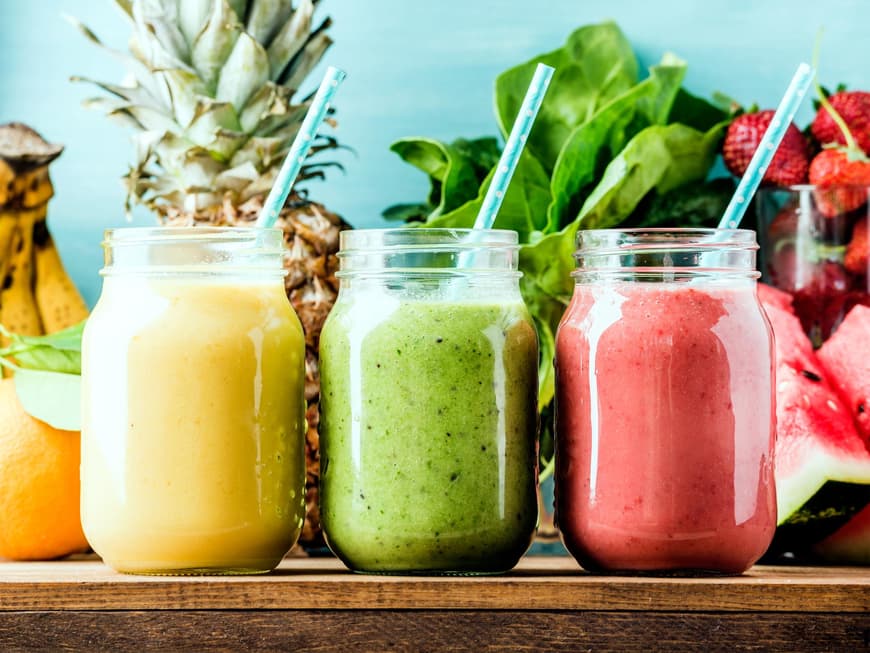
We Germans are world champions when it comes to drinking juice. Each of us sips a good 20 liters a year. At the top of the popularity scale are orange and apple juice. But are these thirst-quenchers just tasty or are they also healthy? One thing is certain: not all fresh juice is the same.
Fruit juice or direct juice? Fresh juices and their names
You will find a wide variety of information on the packaging and bottles. But what exactly do they say about fresh juices?
Fruit juice: It must consist of100 percent fruit . However, there is a difference between direct juice and juice made from fruit juice concentrate. Direct juice is immediately bottled or packaged. However, because it is easier to transport, some manufacturers first remove the concentrate from the juice and then add the water content later. Many believe that
juices from concentrate are inferior. This is not true. A study by Stiftung Warentest has shown that many concentrates can hold their own as fresh juice compared to direct juice.
Nectar: Depending on the variety, it consists of 25 to 50 percent fruit, the rest is water and usually sugar. The drink often also contains lactic acid, citric acid and ascorbic acid.
Fruit juice drink: Unfortunately, the name promises more than the contents. This is because the drink contains only 6 to 30 percent fruit. The rest is water, sugar - and often various colorings and flavorings. The mixture is therefore not a really healthy option - fresh juices have little in common with these drinks.
Syrup: It has little in common with fruit juice. Most of it is sugar. Even quality syrup only has a fruit content of 7 to 10 percent. It is drunk with mineral or still water.
These varieties are vitamin bombs
We love OJ for breakfast. As a fresh juice, it is also really healthy: a freshly squeezed glass of juice contains 100 milligrams of vitamin C - enough to cover the entire daily requirement of an adult. Fresh juices from the supermarket contain slightly less, as some of the vitamin C is lost during storage. The rule: if the packaging says "rich in vitamin C", the juice must contain at least 60 milligrams per glass. Sea buckthorn, acerola, lemon, grapefruit and blackcurrant juice also contain particularly high levels of vitamin C.
Incidentally, naturally cloudy apple juice is healthier than clear apple juice. It is less centrifuged and only pasteurized very briefly. This preserves many healthy plant substances. However, such sweet fresh juices contain a lot of sugar. One liter of apple juice contains 33 cubes of sugar - almost as much as cola.
